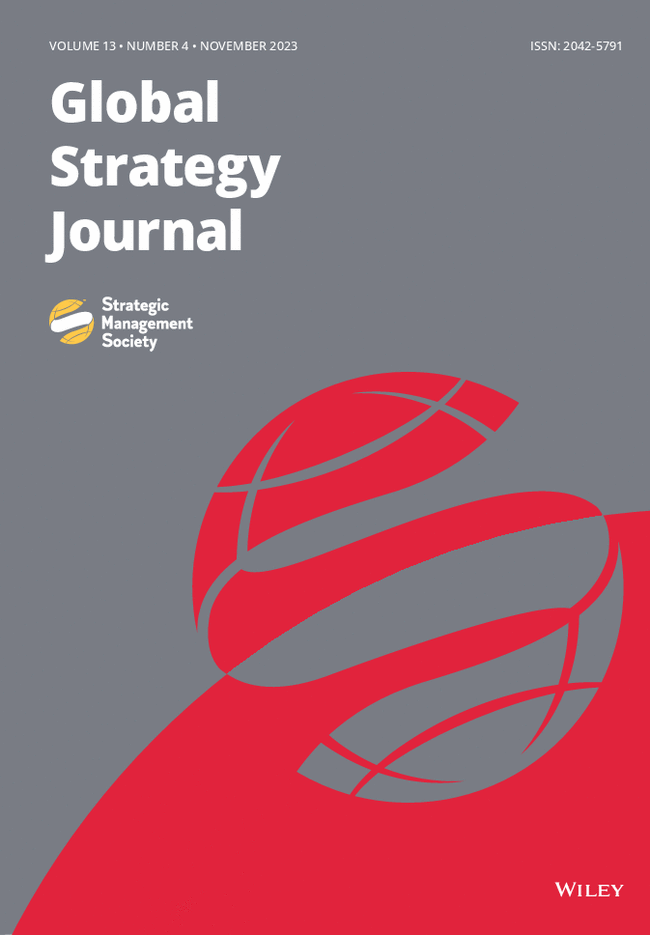While there is a wealth of literature on the benefits of open innovation (OI), little is known about when do latecomer firms undertake international open innovation (IOI) given the related benefits and challenges. This study examines how the characteristics of firms and their surrounding environment affect their engagement with international collaboration. Demand side factors appear to be more significant drivers of IOI in latecomer firms than the pursuit of technology leadership. Market expansion-oriented innovation strategy, international orientation, previous collaboration experiences, and technology intensity of the industry are found to be associated with a high degree of IOI; firms with stronger R&D capacity tend to be less open to international collaboration. Findings from this research are helpful for managers interested in using IOI to promote their companies' innovation performance, and to managers of MNEs or policy makers who would like to understand the international innovation strategy of Chinese firms.
Little is known about when do latecomer firms undertake IOI. This study uses a national survey data set of manufacturing firms in China, examining how the characteristics of firms and their surrounding environment affect their degrees of international openness in innovation. Heckman's two-step model is used to test the hypotheses, supplemented with robustness checks. Demand side factors appear to be more significant drivers of IOI in latecomer firms than the pursuit of technology leadership. Market expansion-oriented innovation strategy, international orientation, previous collaboration experiences, and technology intensity of the industry are found to be associated with a high degree of IOI; firms with stronger R&D capacity tend to be less open to international collaboration. Managerial and policy implications are discussed.


